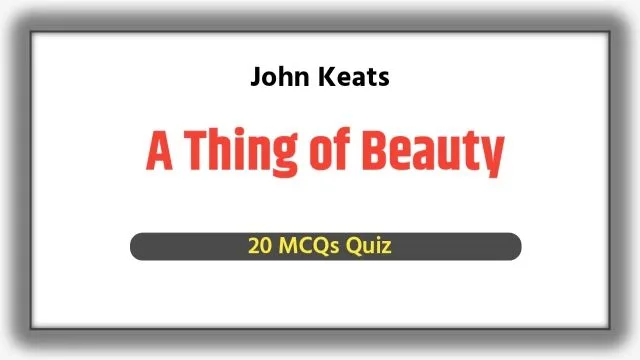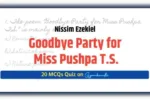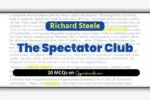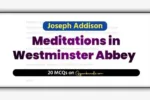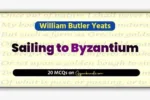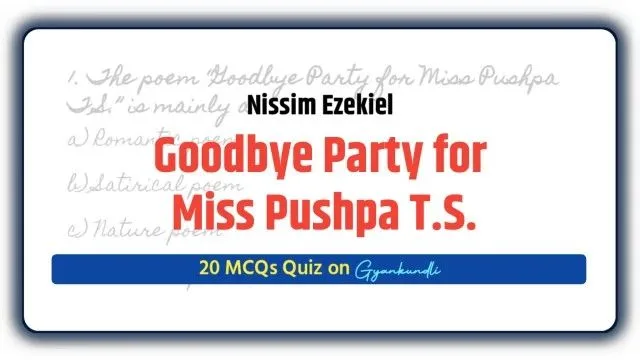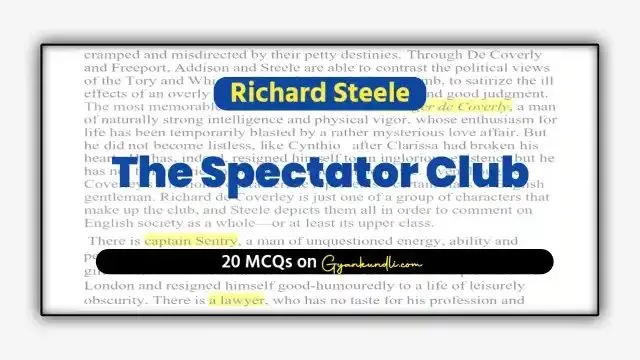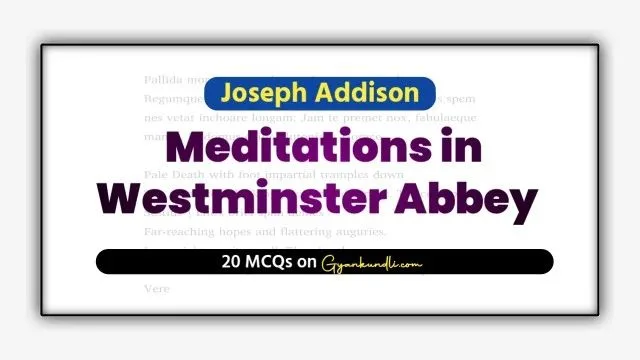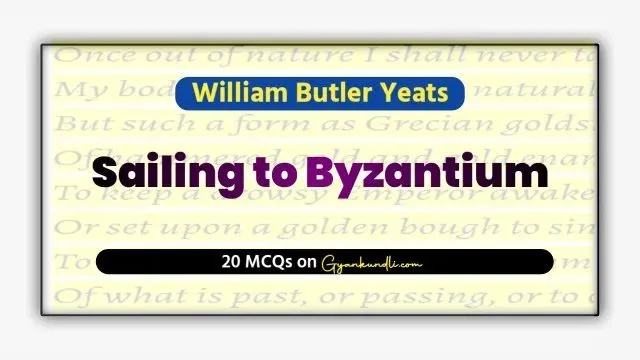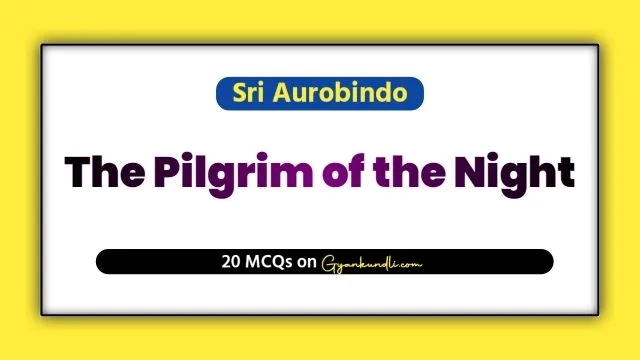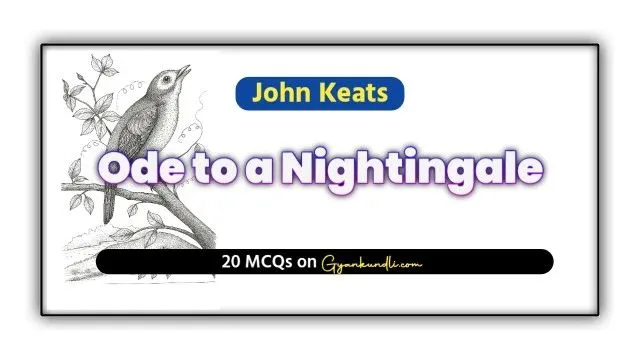A Thing of Beauty MCQ Quiz : John Keats, one of the most celebrated Romantic poets, wrote “A Thing of Beauty” as the opening lines of his long poem Endymion (1818). The poem reflects Keats’s deep belief in the eternal power of beauty and nature. His poetic philosophy—“Beauty is truth, truth beauty”—is fully expressed in this piece.
The poem begins with the famous line, “A thing of beauty is a joy for ever,” which has become proverbial. Keats suggests that beauty never fades; it provides everlasting joy and comfort to the human soul. Unlike material pleasures that decay with time, beauty—whether found in nature, art, or noble deeds—remains an eternal source of inspiration. Through vivid imagery of the sun, moon, trees, and daffodils, Keats paints a world where nature acts as a balm for human suffering.
Keats belonged to the second generation of Romantic poets, along with Shelley and Byron. His writing was influenced by Greek mythology and his admiration for nature’s purity. The poem beautifully represents Romantic ideals—imagination, love of beauty, and harmony between man and nature.
This poem is included in the NCERT Class XII English Book – Flamingo, making it an important part of school literature studies in India.
Text of A Thing of Beauty
A Thing of Beauty MCQ Quiz
Discover more from Gyankundli
Subscribe to get the latest posts sent to your email.
